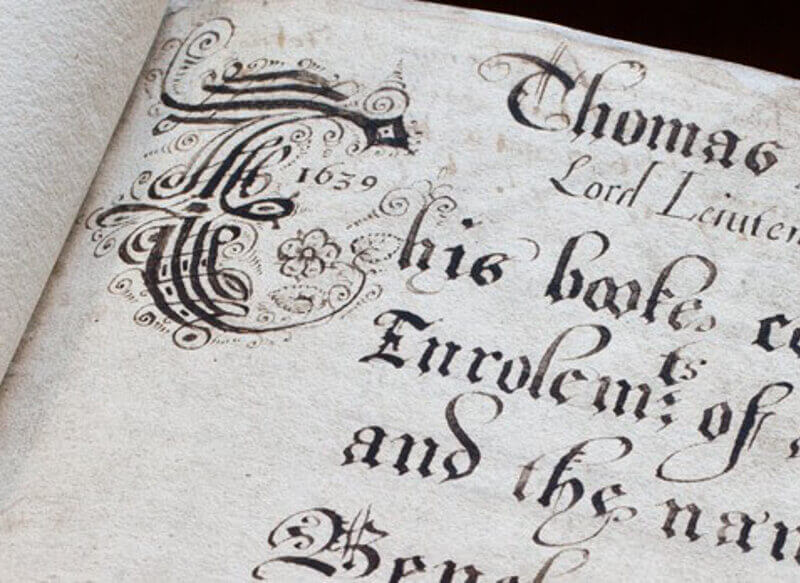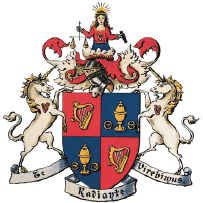Legislation.
Legislation governing hallmarking comprises the original Charter of the Company of Goldsmiths of Dublin 1637, various acts of parliament including the Hallmarking Act 1981 and Hallmarking (Amendment) Act 2019 and statutory instruments. The latest Hallmarking Regulations came into effect on 1 Oct 2019.

The Statutory Instrument S.I. No. 442 of 2019
Consumer Protection (consumer information) (articles of precious metals) Regulations 2019 is available here. A trader who supplies an article of precious metal to the public must exhibit a notice in the form set out in S.I. No. 442 of 2019.
In Ireland all articles of silver, palladium, gold and platinum are subject to compulsory assay and hallmarking and there are no exemptions by weight. Precious metal articles must bear an Irish hallmark or an International Convention hallmark or a hallmark applied by an independent body in another Member State of the EU that provides equivelent information to the marks referred to in Irish Legislation.
Failure to comply with S.I. No.442 of 2019 may result in fines and or imprisonment as set out in section 79 of the Consumer Protection Act 2007 and is available for download here. The Traders Notice must be displayed on not less than A4 size paper.
The standards
Gold: 375, 417, 585, 750, 833, 916, 990 & 999
Silver: 800, 925, 958.4 & 999
Platinum: 600, 850, 900, 950 & 999
Palladium: 500, 950 & 999
Changes resulting from Hallmarking (Amendment) Act 2019 from 1st October 2019
The Hallmarking (Amendment) Act 219 came into effect on 1st October 2019. These are the changes:
- Hallmarking of Palladium 500ppt, 950ppt & 999ppt.
- Hallmarking of mixed and multi-metals.
2.1. Hallmarking of mixed-metals (article containing more than one precious metal)
A full hallmark will be struck on the least precious metal part, in order of silver, palladium, gold and platinum and a fineness mark will be stamped on the higher precious metal part. If, in the opinion of the Assay Master, it is not possible to apply the fineness mark on a higher precious metal part due to space constrains or the configuration of the mixed-metal article, then the fineness mark of such higher precious metal may be applied next to the hallmark of the least precious metal.
2.2. Hallmarking of multi-metals (article containing both precious metals and non-precious metal)The precious metal part of the article will be hallmarked accordingly and the non-precious metal part with the word “METAL” (which can be applied by the manufacturer). If, in the opinion of the Assay Master, it is not possible to apply the mark “METAL” on the non-precious metal part due to space constrains or the configuration of the multi-metal article, then the word “+METAL” must be applied next to the hallmark on the precious metal part. - New standard of fineness for Platinum, ie. 600ppt.
- New Statutory Notice (Hallmarking card) required to be displayed in retail premises.
Changes to Irish Hallmarking Legislation from 1st October 2002
In effect from 1st October 2002. In the absence of EU legislation on precious metals (Directive) the European Commission brought pressure to bear on Member States to amend their National Legislation. The following changes were made:
- There will be an additional seven new standards which will be added to the existing Irish standards of fineness. These will represent the most commonly used standards in the EU. Gold – An additional two standards, 990 and 999 Silver – An additional two standards, 800 and 999 Platinum –An additional three standards, 850, 900 and 999.
- There will be only one Assay Office Mark, “Hibernia”. The imported mark (Boujet) will be terminated. All goods, whether imported or Irish manufactured receive the same mark.
- All fineness marks will be in numerals e.g. the harp crowned will no longer be the fineness mark for sterling silver. This will be replaced by the numerals 925 in an oval surround.
- The date letter will be an optional mark.
- The Irish hallmark will comprise of a minimum of three compulsory symbols:
a. Maker’s or Sponsor’s Mark.
b. Assay Office Mark (Hibernia).
c. Metal & Fineness (Purity) Mark. - All items of precious metal jewellery (Gold, Silver and Platinum) are subject to compulsory Assay and Hallmarking – there are NO EXEMPTIONS BY WEIGHT.
- Traditional hallmarks may be used by the Assay Office in addition to the minimum requirements set out in number 5 above (by prior consultation providing it is practical and feasible). There will be an extra charge for this service.
Additional information
If you would like to learn more about hallmark legislation or require additional information on any of the services provided by the Dublin Assay Office please don't hesitate to get in touch.
